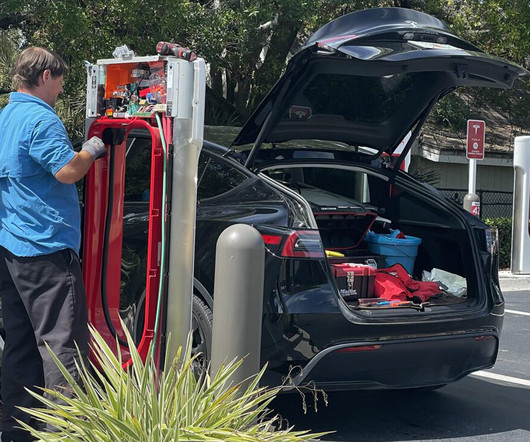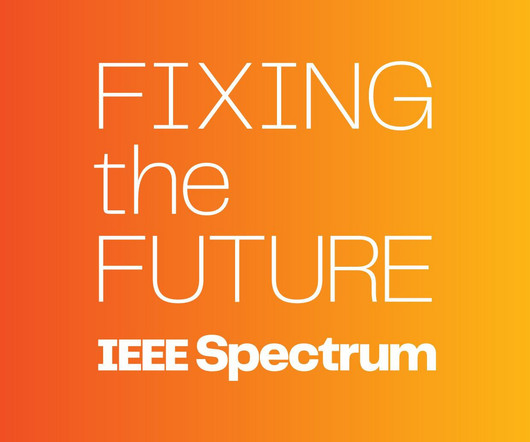High cost of coal and natural gas could make EVs, US grid cleaner this summer
Green Car Reports
JUNE 8, 2022
Anticipated price hikes for coal and natural gas could lead to increase use of renewable energy in electricity generation, making both the grid and EVs cleaner, according to new United States Energy Information Administration (EIA) analysis.







































Let's personalize your content